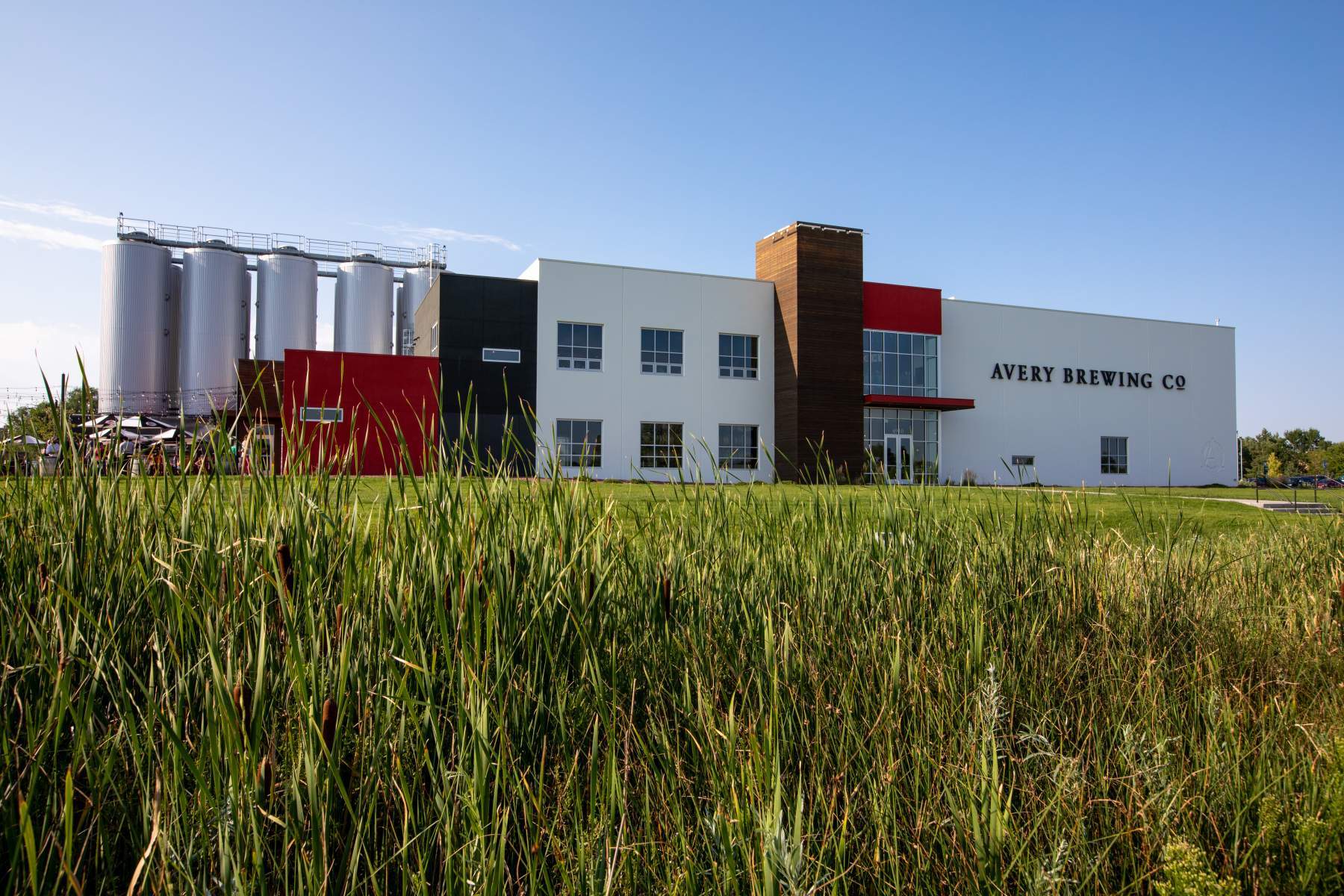By Jeremy Klammer | Thompson Engineering | jklammer@thompson-eng.com | 2024.4.3
In recent months, Denver and Colorado officials have sent thousands of notices to building owners across the state. These messages signal the need for buildings to comply with energy use regulations – or face penalties. These letters can deliver frustration because the regulations have no single “right” way to comply and each situation requires a unique solution. A common response has been a call for deregulation. Nonetheless, these mandates are here to stay. Fortunately, for those armed with a bit of knowledge, this period of uncertainty stands to be a great opportunity.
In this article, you’ll gain the insights necessary to navigate the uncertain regulatory landscape to emerge as a leading advocate for your client. To realize these opportunities, the following paragraphs will provide the essential pillars of compliance programs, demonstrate how compliance can be leveraged as an asset, and provide strategies to effectively communicate that value to the market.
Energy compliance programs in Colorado, such as Energize Denver and Colorado Building Performance Standards (BPS), have been under legislative development for nearly a decade. The aim of this article is not to reiterate the details of these complicated programs (see Megan Krest’s article in the April 3, 2024 CREJ issue for program details). The daunting nature can be simplified by forming a foundational understanding of these three core pillars: Benchmarking, Building Performance, and Equipment Compliance.
Benchmarking is reporting energy usage intensity (EUI) to local jurisdictions. Building Performance refers to meeting energy use thresholds established by local jurisdictions. Equipment Compliance mandates that new and replacement equipment adhere to local energy codes, aiming to phase out less efficient versions.
Fines can result from compliance mismanagement. If failing to comply with Building Performance, Colorado can issue civil penalties of $5,000 per month, while Denver will assess penalties based on excess energy used. Per publicly available data from energizedenver.org, there are Denver buildings with projected fines in excess of $1 million if they don’t take action.
Fines invariably if coercively incentivize action, but there are compliance misconceptions. Programs aim to cut energy use but not by forced removal of existing systems. Likewise, city officials strongly prefer compliance to fines.
Energize Denver mandates verification by credentialed third-parties, offering further opportunities for guidance on compliance. In situations with unclear compliance pathways, there are strategic options that avoid fines while buying time to implement long-term solutions.
Risk mitigation is crucial. Communication on a building’s compliance status will influence buyers’ decisions. Uncertainty about achieving compliance, rather than high EUI non-compliance itself, has jeopardized deals. Clear pathways to compliance are key to maintaining property value and securing transactions.
Consider a vintage classic car with a visible chrome engine. The value is evident in its condition and function. A similar model with years of exposure to the elements poses an ongoing risk of unforeseen problems. An attempt to mitigate uncertainty and assure buyer confidence could be secured with a list of faulty systems and needed replacement parts, coupled with a partner to help take on the challenge. The same is true for properties. Thompson Engineering is the leading advocate for comprehensive benchmarking services. Our team is well-versed in the intricacies of the mandated ordinance and will provide tailored insights and analysis with precision and ease, to achieve compliance and maximum efficiency.
Sellers have a shining opportunity in documented compliance with clear pathways. Often, there are straightforward measures like lighting upgrades and mechanical system enhancements that can improve energy efficiency. While not all improvements can be implemented right away, documenting and planning for these changes is valuable. Even seemingly marginal adjustments, such as updating lighting, controls, and temperature settings, can constitute easy wins. These actions can be marketed and promoted as recent compliance efforts. Thompson Engineering encourages clients to harness the power of data and analytics for sustainable decision making and therefore all planned improvements are documented and presented as a comprehensive compliance strategy.
Buyers also stand to gain positive outcomes. Initially, buyers should be encouraged to inquire about building systems early in the process. Understanding energy performance helps to forecast the return on investment for capital improvements. Operational savings, driven by reduced utility costs, can further justify the deal. Moreover, compliant buildings tend to be more marketable with higher occupancy rates and lease premiums. Sellers and brokers can let this information serve as a trust-building and educational opportunity for less informed buyers. Our benchmarking reports compare a building’s energy performance against industry standard which can aid in outshining competitors and simultaneously attracting environmentally conscious tenants.
Financial outcomes will invariably drive action. Upgrades like LEDs and heat pumps offer notable utility savings. Financing options like C-PACE (Commercial Property Assessed Clean Energy) facilitate these investments. It ties costs to the property rather than the owner so financial obligations can transfer upon sale.
To be crystal clear, these programs require timely action. Potential fines start in 2025, which are based on energy used during 2024 (yes, right now!). The journey of planning, design, and installation spans months. It can require a full year of utility data for evaluation and adjustments. Let Thompson Engineering be your partner in achieving energy efficiency, cost savings, and environmental stewardship.
The community at large stands to benefit from the programs, even if the burden is localized to building ownership. Consider the “value-action gap”, illustrated in the conflict between valuing farm-fresh eggs from happy hens, yet seeking to buy the cheapest dozen. These programs surface the same delicate balance of economic costs and environmental sustainability. As Coloradans, we know our values and we will collectively take action that reflects our state’s unique beauty.
In summary, real estate professionals should view energy compliance uncertainty as an opportunity. Prioritize risk mitigation via upfront and clear communication to safeguard transactions. Both sellers and buyers can enhance property appeal and value. A holistic approach can help navigate these complexities, transforming compliance into a strategic asset.
Our commitment to your success doesn’t end with benchmarking. We offer ongoing support and guidance to help you maintain optimal energy performance and navigate future compliance requirements. Contact our team today to get started on your journey towards a brighter more sustainable future.
-
Energy Compliance Programs: Local jurisdictions require compliance with Benchmarking, Building Performance, and Equipment Selection.
-
Strategic Investment: Compliance reduces utility costs, avoids fines, and enhances property value.
-
Seller Asset: Sellers leverage simple upgrades and document changes for strategic compliance and easy wins.
-
Buyer Advantages: Early system checks enhance ROI forecasts and operational savings, increasing property attractiveness.
-
Financial Drivers: Cost-effective upgrades like LEDs, supported by C-PACE financing, allow for thoughtful planning and execution.
-
Community Impact: Energy compliance balances economic costs with environmental sustainability, reflecting community values.









